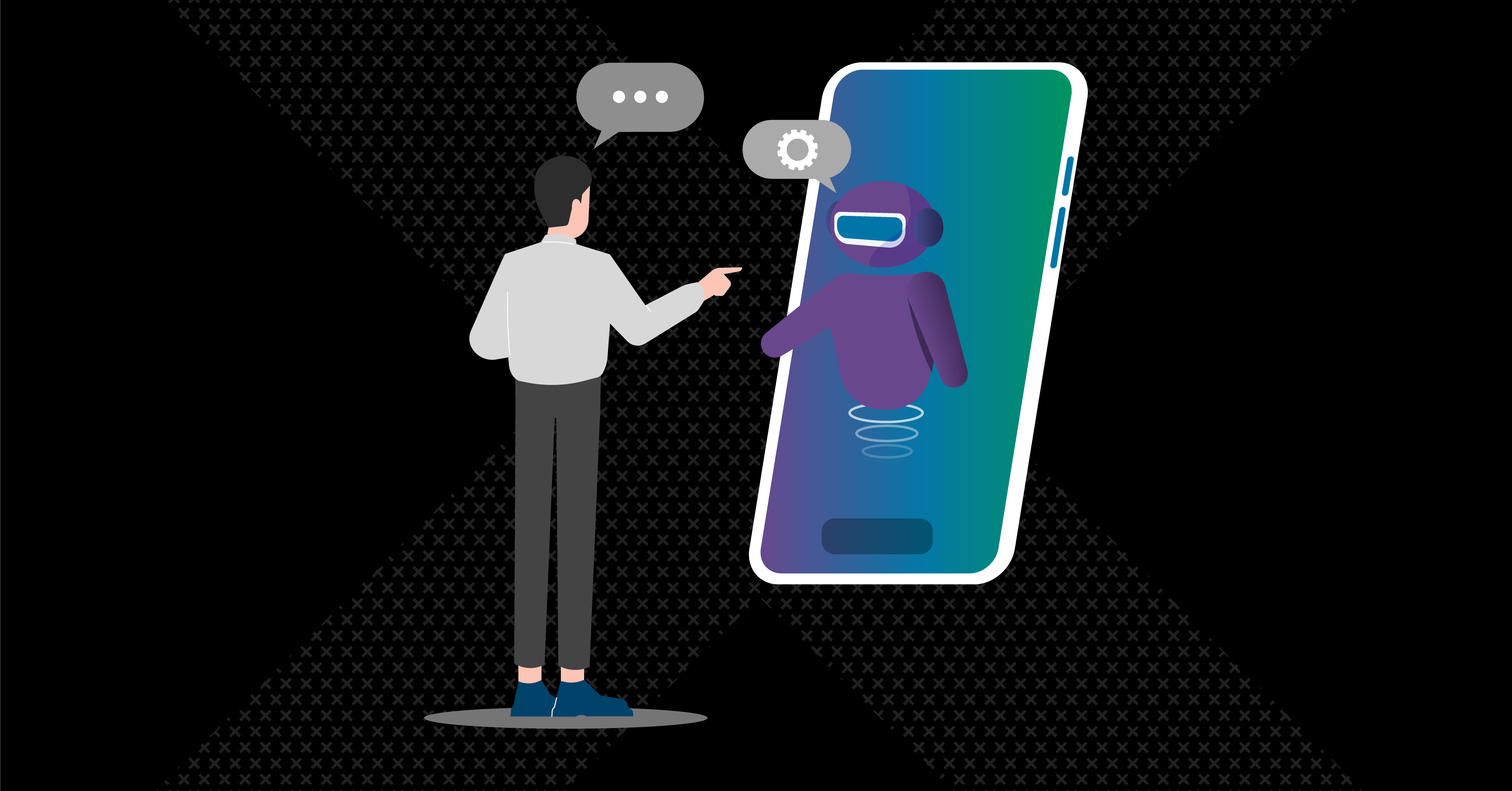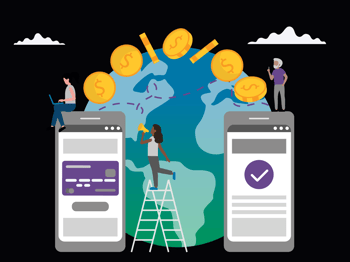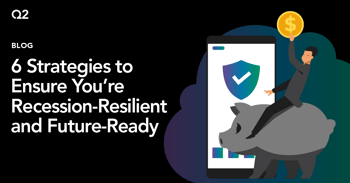Does your financial institution have a strategy to support customers in a digital world? It should because that’s where they’re living, working, and conducting their business. A desire to make the remote customer service experience as much like the in-person experience as possible was a driving force behind the founding of Glia in 2011, says Steven Kaish, Senior Vice President of Alliances and Product Marketing for Glia.
We sat down with Kaish recently to talk about how FIs can leverage Glia Virtual Assistants to redefine how you interact with and serve customers in today’s digital-first environment.
Q2: How do Glia Virtual Assistants (GVAs) work?
Kaish: GVAs are a turnkey automation solution for helping FIs immediately and quickly solve inquiries from customers using natural language bots. They enable FIs to offload more routine inquiries, so their customer service representatives are freed to handle more complex situations.
Q2: What problems are FIs experiencing with customer service and how does GVA solve for them?
Kaish: One of the challenges FIs face is routine and repetitive work is monopolizing reps’ valuable time. Another issue is banks aren’t open 24/7, but customers want to get things done at their convenience—days, nights, or weekends.
The good news is that this routine work can be easily automated. What we’ve found is the types of questions banks and credit unions typically get are common across the industry. So Glia has trained GVAs to understand all of these out-of-the-box. GVAs also come with pre-built responses for hundreds of common questions that FIs can easily start with them, then customize answers with their brand, products, voice, regions, hours of operations, and more.
This greatly reduces the time and pain of building an AI solution from scratch, which many automation systems require. And it addresses the issue of resources—even if an FI had the financial means to develop a product from the ground-up, they likely don’t have the human resources required.
Q2: What are the benefits of GVAs to the FI?
Kaish: FIs that use GVAs reduce overall staffing requirements and/or are able to use reps’ time more wisely. Generally speaking, GVAs automate somewhere between 50% and 90% of inquiries that come in, so basically, they cut in half or more the number of inquiries handled by staff. In addition, GVAs improve customer satisfaction by reducing wait times by up to 80%, as well as average handle times by 18% or more. And, of course, they extend the hours of service from the typical 9 to 5 to 24/7/365.
Also, the bot is smart enough to know when it’s met its match, so to speak, and can gracefully hand over the voice or text conversation to a human. The rep sees the entire conversation history between the customer and the bot, so they don’t have to start all over again. Picking up the interaction where the bot left off means the rep never has to ask, “How may I help you?”. He or she already knows where the account holder is in the journey, eliminating the frustration of repeating the whole conversation. Digital, phone, and human conversations are all part of one overall solution, which not only improves the customer experience, it also makes it much easier for the FI to administer, report, train, and more.
Q2: How do account holders benefit?
Kaish: Account holders benefit from a lot of the same things the FI does: They get around-the-clock service, they get routine questions answered immediately, they don’t have to wait in a call queue, and they don’t have to start over with each handoff.
Q2: Why did you choose to partner with Q2 to deliver your solution to FIs?
Kaish: Q2’s been a great partner with which we jointly strategize and frequently engage. We work very closely with Q2’s R&D team to ensure we’re tightly integrated into the digital banking system, so we’re part of the product, not a separate, ancillary solution.
And Q2’s technology—particularly its SDK (software development kit) and open API—make it super easy for us to build very deep integrations. And, equally important, Q2 customers tend to be on the innovation forefront, looking for means to provide excellent service to their account holders.
Q2: How does this partnership help FIs?
Kaish: FIs have only one contract, one entity to deal with, and they receive seamless support between the two organizations.
Q2: What advice would you give FIs considering launching a virtual assistant solution?
Kaish: With all the hype around AI in the market, customers are expecting technology to improve their lives, and virtual assistants do just that. And, this solution is readily available and accessible to community banks and credit unions, enabling them to compete with the very large FIs that have millions and millions of dollars to invest in technology. But automation by itself isn’t a silver bullet, it just extends service wisely and judiciously. It’s all about quality interactions—you want to automate what you can, but not dehumanize the experience.
Watch our on-demand Glia Fintech Jam Session to learn how two peer FIs have implemented GVAs and are using them successfully to boost customer satisfaction.





